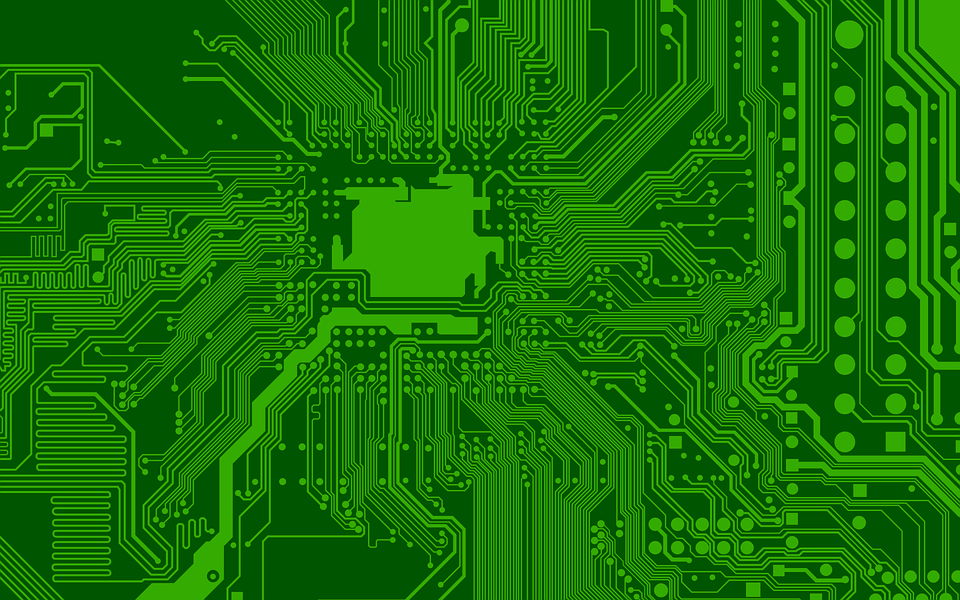Sensor technology is a way to keep an electronic eye on your most important assets. Sensors can be used to detect problems early, reduce downtime and product losses, and increase maintenance efficiency. Consider these five tips when selecting the right sensors for your business to maximize your return.
1. Prioritize Goals and Select Critical Assets
Not all aspects of an asset should or can be monitored. Start by selecting the most important assets, and then consider what is most crucial to keeping them running optimally. In the food and beverage industries, for example, maintaining a proper refrigeration temperature is crucial to product safety and food preservation. Sensor technology that sends alerts immediately when temperatures are out of range is a great way to prevent product loss and spoilage.
2. Measurement Requirements and Sensor Features
Monitoring temperature, vibration, humidity, or pressure can be beneficial for critical assets to identify pending problems, alert needed repairs, and flag suboptimal performance. Before selecting sensor technology, match the accuracy, precision and reliability that you need for the asset. In your selection process, it is important to understand sensor features like sampling rate, measurement distance, resolution, durability and compatibility with existing systems.
3. Consider Connectivity with Assets and Maintenance System
You can choose between a wireless or wired connection depending on the location of your assets. Check your infrastructure to see if there are any barriers, such as metal or concrete walls, that could affect the range and effectiveness of wireless connection. You’ll also want to consider factors like battery life and how sensors can securely send data to your computerized data storage system or cloud. This will allow you to take appropriate action, as well as analyze data for future business decisions.
4. Scalability and Future Needs of Technology
Select sensors and technologies that are scalable and expandable. Ask how many monitoring points there are and if the system is compatible with other sensor technologies. Before making a decision, consider things like the expected lifetime of sensors and maintenance concerns such as schedules for calibration.
5. Partner with a Proven Partner
Many companies offer sensor technology. However, it is important to choose a partner who can not only help you gather data about your assets but also support you in taking the necessary action. A sophisticated Internet of Things solution that can be seamlessly integrated with our Asset Operations Management System. This allows work orders to automatically be generated when critical measurements are out of range. With our mobile-first solution, key executives and maintenance staff can access sensor alerts at any time and from anywhere. This capability is crucial to minimize downtime and maximize returns.




